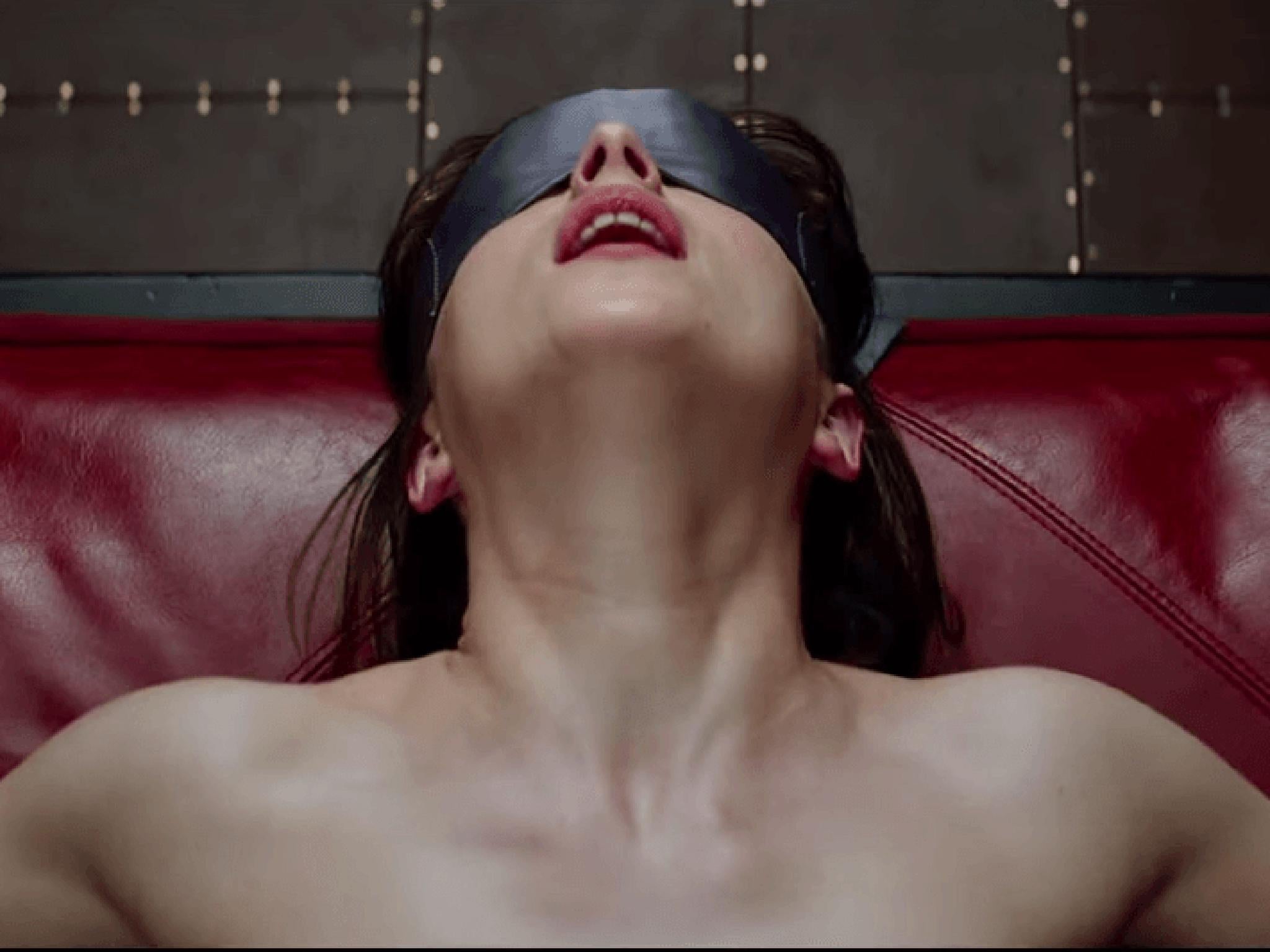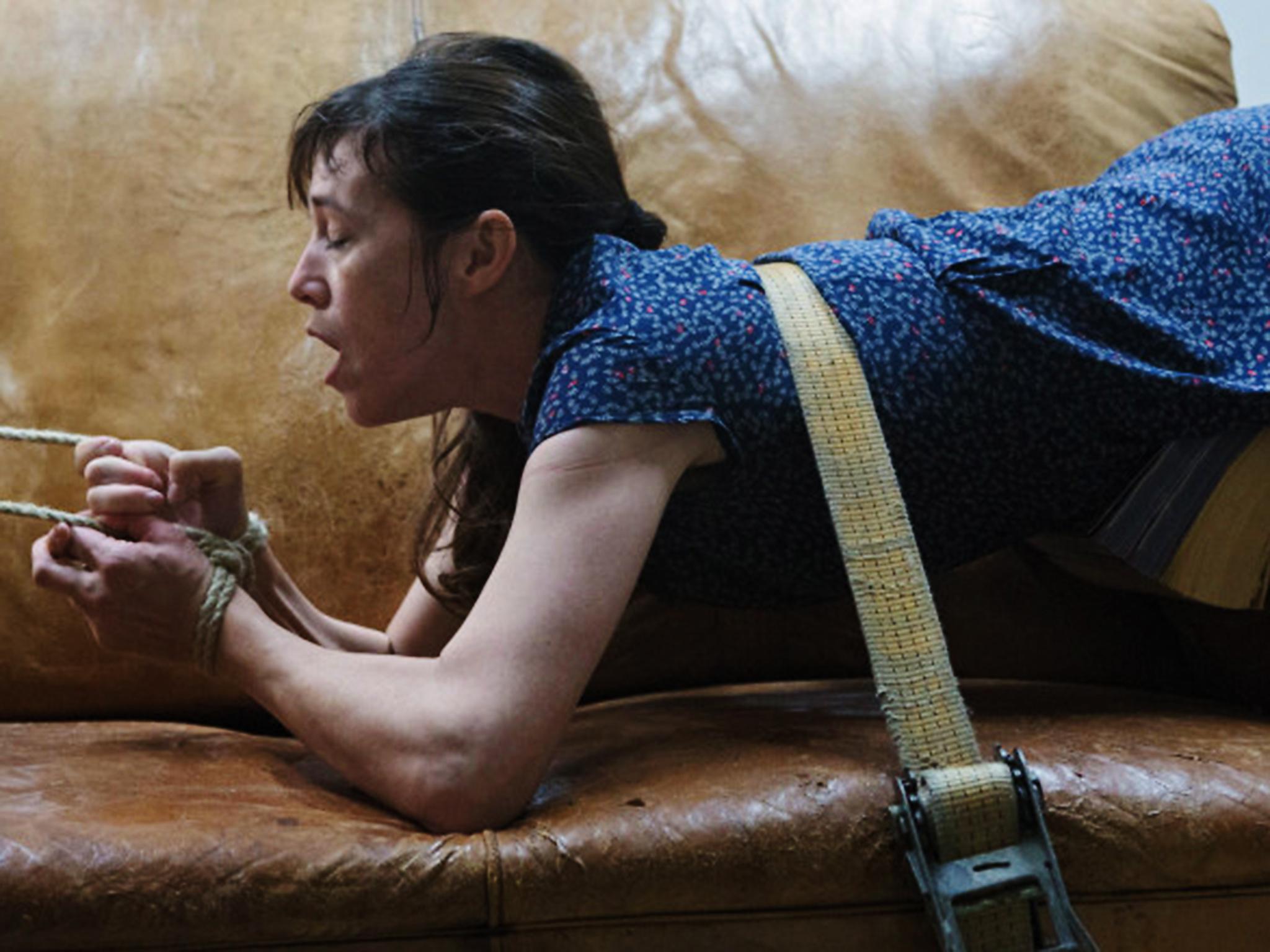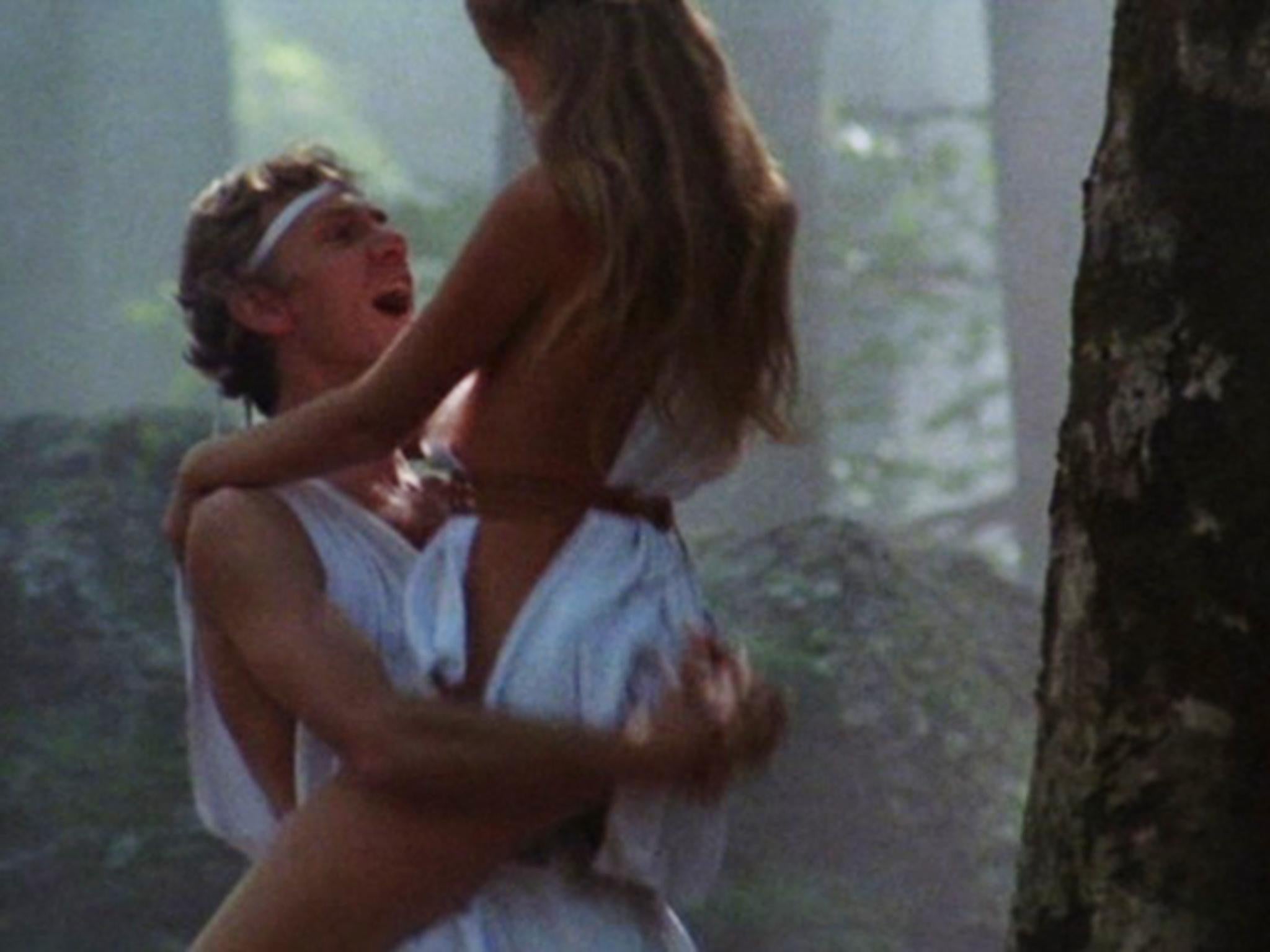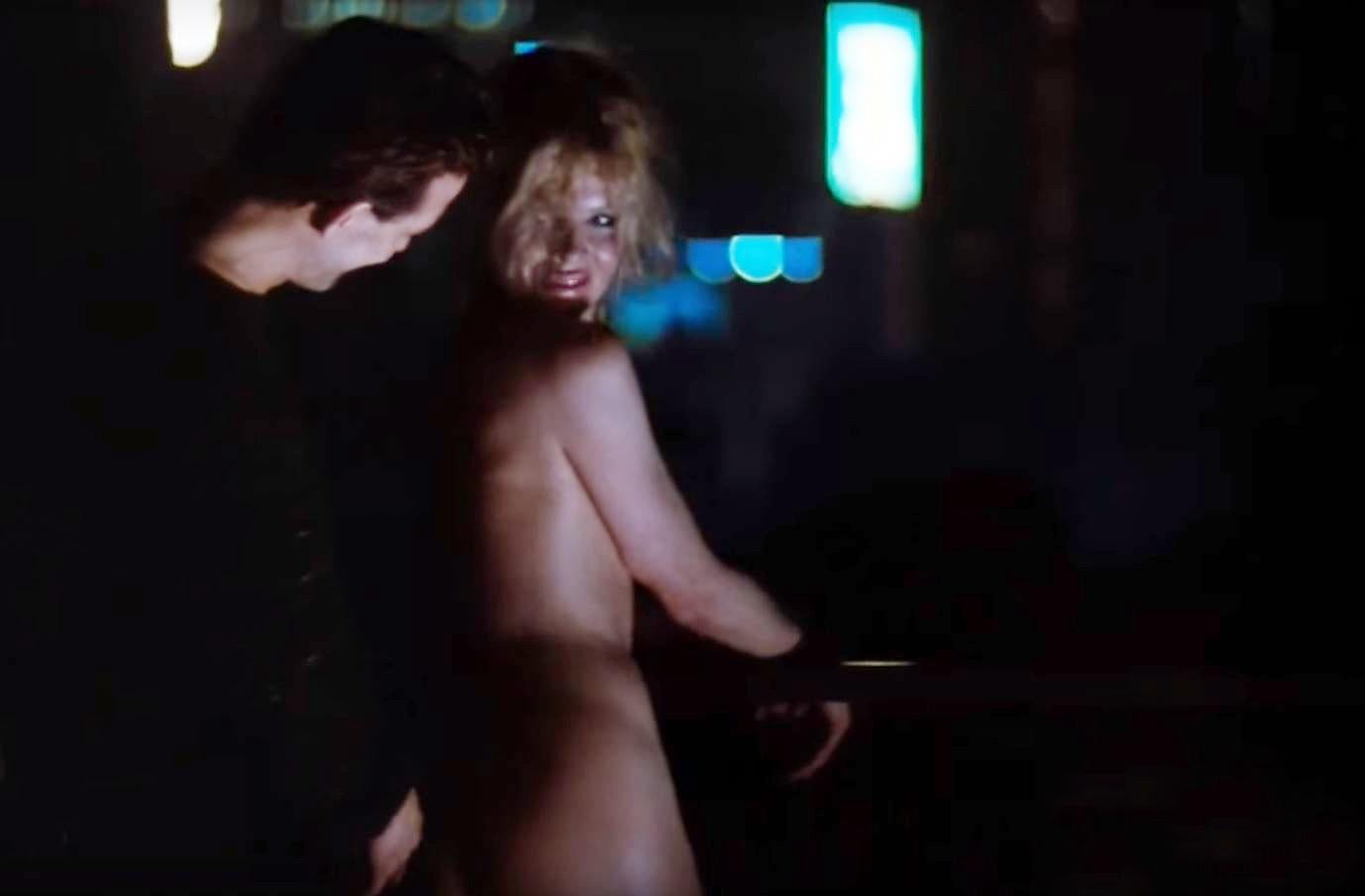The erotic scenes that make 50 Shades Darker look vanilla
With the highly anticipated release of '50 Shades Darker', we take a look at how other films handle sex scenes and go beyond the superficial chocolate box fantasy of the EL James adaptations

Your support helps us to tell the story
From reproductive rights to climate change to Big Tech, The Independent is on the ground when the story is developing. Whether it's investigating the financials of Elon Musk's pro-Trump PAC or producing our latest documentary, 'The A Word', which shines a light on the American women fighting for reproductive rights, we know how important it is to parse out the facts from the messaging.
At such a critical moment in US history, we need reporters on the ground. Your donation allows us to keep sending journalists to speak to both sides of the story.
The Independent is trusted by Americans across the entire political spectrum. And unlike many other quality news outlets, we choose not to lock Americans out of our reporting and analysis with paywalls. We believe quality journalism should be available to everyone, paid for by those who can afford it.
Your support makes all the difference.On a May evening in 1973, Peter Hall, the director of Britain’s National Theatre, went to see Last Tango In Paris. As he confided in his diaries, the “sad, moving, heavy” film impressed him with its analysis of the “danger and pain of unthinking promiscuity” and the “loneliness of lust”. A filmmaker as well as a theatre director himself, Hall was awe-struck by how Italian auteur Bernardo Bertolucci handled the erotic scenes. “They were elegant and beautifully shot and achieve a new formalism, a stylisation of the sexual act, which involves the audience’s emotions rather than exciting their sexuality.”
Last Tango may have provoked considerable controversy but, more than 40 years on, it still stands as a very rare “sex” film which filmgoers were able to take seriously. They didn’t just concentrate on the notorious “butter” scene. They were intrigued by Bertolucci’s portrayal of a middle-aged man (Marlon Brando) close to despair, and a young Parisian woman (Maria Schneider) in an intense and destructive relationship.

50 Shades Darker is in absolutely no danger of being treated with the same respect. This is the erotic movie as Hollywood high-kitsch escapism. Its intention is to titillate, not to probe. Like its predecessor, the latest EL James adaptation is glossy and banal in the extreme, a chocolate box fantasy that won’t satisfy anybody. It’s a celebration of conspicuous consumption in which the characters spend as much time putting on their designer clothes as taking them off.
There may be nudity but there is never any sense that the filmmakers are getting under the skin of their characters or are trying to understand the “loneliness of lust” as Hall put it. Christian Grey (Jamie Dornan), in the 50 Shades films, is supposed to be damaged goods; someone who suffered so much as a young child with his drug addict mother that it warped his sexuality. However, the filmmakers aren’t remotely interested in delving too deeply into his dark places. 50 Shades is to Last Tango in Paris what the Chippendales, the male strippers, are to the Bolshoi ballet.

It goes without saying that cinema, from the earliest days of the peep shows, has been utterly fascinated by sex. Even so, sex on screen tends to work much better when it is an ingredient of a movie rather than the whole meal. From Hedy Lamarr naked in Ecstasy to Sharon Stone uncrossing her legs in Basic Instinct, careers have been built on the back of one or two voyeuristic moments.
Directors and actors can sometimes think they’re making an art house movie – but their producers have different intentions altogether. This was definitely the case with Tinto Brass’s Caligula, which was mooted as a Fellini-esque recreation of ancient Rome at its most decadent and had a cast which included John Gielgud, Peter O’Toole and Helen Mirren. Once Penthouse boss Bob Guccione intervened it became very X-rated indeed.

In Hollywood, the 80s and 90s were the decade of heavily stylised low budget softcore US sex movies, for example those made by the very prolific Gregory Dark – and quite a few bigger budget Hollywood movies that seemed be imitating them, for example 9/12 Weeks, Paul Verhoeven’s Basic Instinct or Sliver. This was the video era and tropes from low budget sex movies spilled into much more ambitious mainstream films.
Back in Europe, whether Liliana Cavani with The Night Porter or Lars Von Trier with his Nymphomanic magnum opus, every self-respecting art house director since Bertolucci has had a stab at a film with sex at the centre of it. They continually tried to make films that deal with sex in a way that is graphic and frank without being pornographic. They’ve rarely succeeded. It doesn’t help that so many of the movies are made by middle-aged or elderly men behind the camera working with very much younger women in front of it.

Jean-Claude Brisseau, a very respected French art house director, ended up being sued by his actresses for “sexual harassment” after auditions for his film, Secret Things. Brisseau was accused of being voyeuristic and predatory. He seemed to have the belief that sex on screen was only authentic if it was done for “real.” He, like so many other directors making high-minded sex films, are looking for authenticity. They have the illusion that showing sex in films will enable them to transcend the limitations of conventional performance and arrive at something far more truthful. The frustration that so many of them have found, especially those who’ve worked with “adult” performers, is that showing the mechanics of sex is all very well but, unless the actors can portray emotion too, the scenes will seem very perfunctory.

The sex films that do work tend to be those that aren’t really about sex at all – or that have a context that puts events in the bedroom into an entirely different perspective. Nagisa Oshima’s In The Realm Of The Senses (1976) is a famously graphic movie, notorious in its time not just for its (apparently unsimulated) sex scenes and its grotesque finale in which the deranged lover kills her partner and cuts off his penis. The film is set in late 1930s Japan, at a time of rising militarism and social conformity. The transgressive sex can be read both as an expression of individuality and as a form of political protest. Patrice’s Chereau’s Intimacy (2001) wasn’t just about infidelity but about the sadness and the seediness that accompanies it, the guilt and sense of betrayal that characters like Anastasia Steele and Christian Grey never seem to feel.
In 1970, Terry Southern’s novel Blue Movie was published. This was about a famous director trying to make an erotic movie with proper actors, “a fully pornographic art movie”. Southern was being satirical but since his book first appeared, filmmakers from Stanley Kubrick to Michael Winterbottom and Gaspar Noe have accepted the same challenge for real. The results have tended to be very messy. In movies, the sex alone is never enough. After the initial illicit thrill is gone, the spectators soon get bored. They want more than just masturbatory fantasy. The 50 Shades films show just how challenging is to make films in which the sex is foregrounded without succumbing to that grim, drooping, all too inevitable sense of anti-climax.
Join our commenting forum
Join thought-provoking conversations, follow other Independent readers and see their replies
Comments